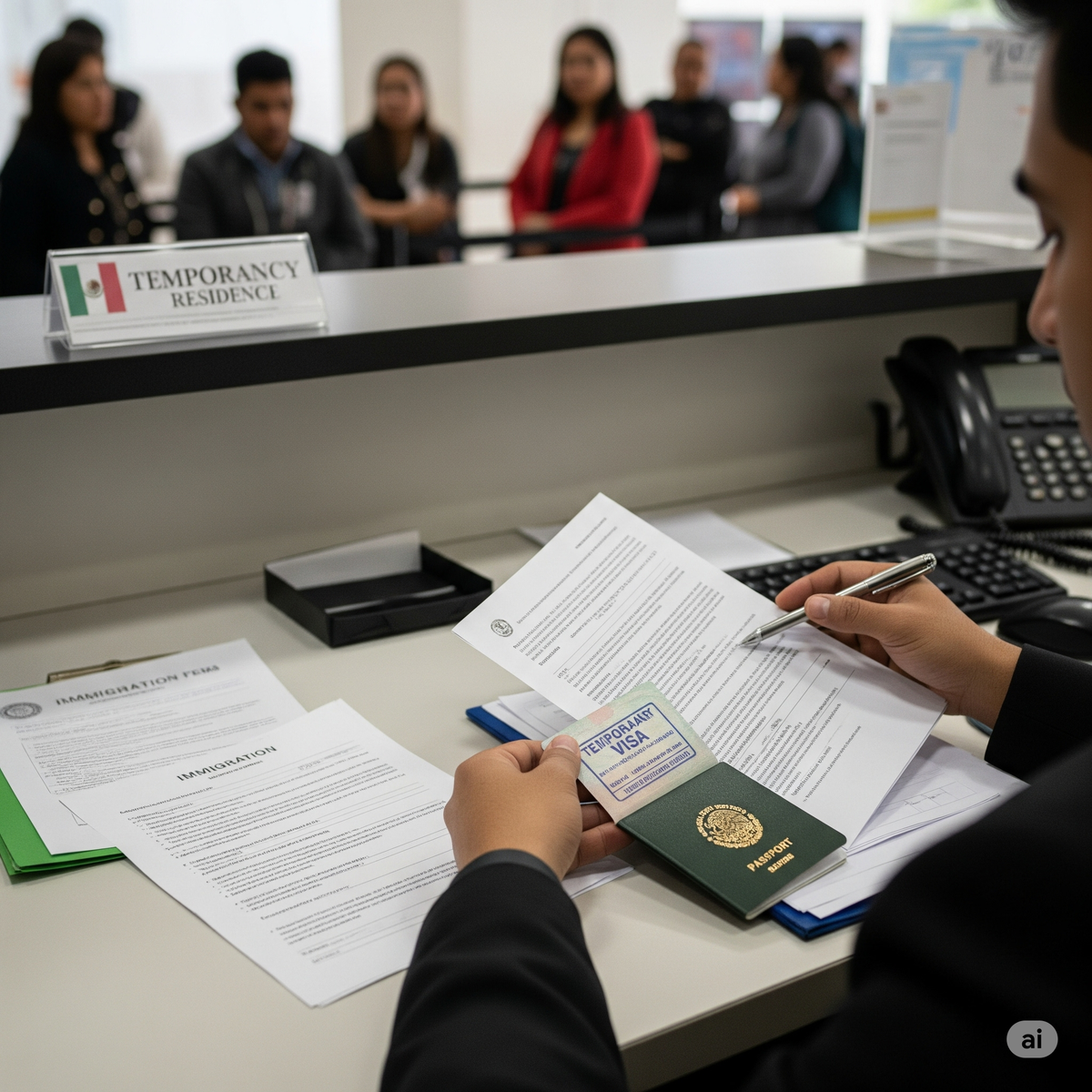The Different Types of Residency in Mexico: 2025 Guide for Expats, Retirees, and Digital Nomads

If you're planning to live in Mexico long-term, getting the right type of Mexican residency is essential. Whether you’re a retiree looking for a more affordable lifestyle, a digital nomad, or relocating with family, this guide breaks down the main types of Mexican residency available in 2025.
Mexico continues to be one of the most attractive countries for foreigners due to:
- Low cost of living
- Warm climate and diverse landscapes
- Vibrant culture and cuisine
- Proximity to the U.S. and Canada
- Friendly visa and residency policies
Mexico offers two primary residency options:
- Temporary Residency (Residente Temporal)
- Permanent Residency (Residente Permanente)
Let’s look at each in detail.
1. Temporary Residency (Residente Temporal)
Best for: People planning to live in Mexico for more than 180 days but less than 4 years.
Key Features:
- Initially granted for 1 year, renewable up to 4 years
- Allows multiple entries and long-term stays
- You can’t work unless explicitly authorized
- Can lead to permanent residency
Common Eligibility Paths:
- Income/retirement proof (economic solvency)
- Rentista visa (living off savings or pension)
- Spouse or family ties to a Mexican citizen
- Real estate ownership (in some cases)
- Voluntary relocation without intention to work
Financial Requirements (2025, approximate):
- Monthly income: ~$3,500 USD OR
- Bank balance: ~$60,000 USD over the past 12 months
(Varies by consulate—check locally)
🌴 2. Permanent Residency (Residente Permanente)
Best for: People looking to settle in Mexico long-term without renewal hassles.
Key Features:
- No expiration – valid for life
- No need to renew after approval
- Can work freely in Mexico
- Eligible for public services and benefits
Common Eligibility Paths:
- Retirees with higher financial solvency
- After 4 years on a Temporary Residency
- Parents of Mexican citizens or children
- Spouse of a Mexican citizen (after 2 years)
- Humanitarian or asylum cases
Financial Requirements (2025, approximate):
- Monthly income: ~$5,500 USD OR
- Bank balance: ~$100,000 USD
✈️ 3. Tourist Visa (NOT Residency)
Many foreigners confuse the 180-day tourist visa with residency. It is:
- Not renewable
- Not a path to residency or citizenship
- Not intended for long-term stays or digital nomads
Important: Mexico has been cracking down on repeat tourist entries. Long-term expats should pursue legal residency to avoid issues.
Which Residency Type Should You Choose?
| Situation | Best Residency Type |
|---|---|
| Living part-time in Mexico | Temporary Residency |
| Retiring permanently in Mexico | Permanent Residency |
| Remote worker or freelancer | Temporary Residency (non-lucrative) |
| Married to a Mexican | Temporary → Permanent Residency |
| Parent of a Mexican child | Permanent Residency |
How to Apply for Mexican Residency
- Start at a Mexican consulate abroad (you must begin the process outside Mexico).
- Provide financial documents, passport, and photos.
- Receive a visa sticker to enter Mexico.
- Complete the process at an immigration office (INM) in Mexico within 30 days.
Processing times and requirements vary by consulate—always check before applying.
Final Thoughts: Residency in Mexico Is Easier Than You Think
Getting residency in Mexico is surprisingly attainable if you understand your options and meet the financial thresholds. With the right visa, you can enjoy a legal, safe, and stress-free life in Mexico—whether part-time or forever.